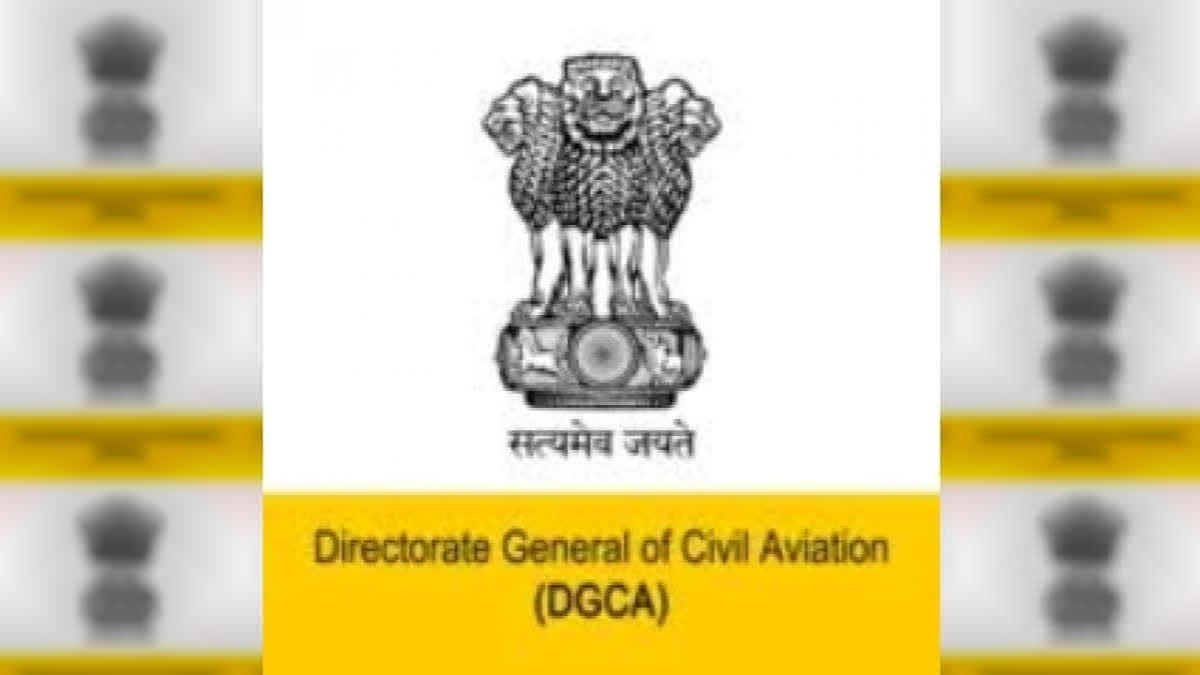New Delhi: Aviation watchdog DGCA will soon come out with streamlined regulations for wet-leasing of planes by Indian airlines that will also entail enhanced oversight of the aircraft, amid airlines looking to operate more planes to meet rising travel demand. With persisting supply chain woes, there is a delay in aircraft deliveries and to meet the near-term needs, carriers are opting for planes on dry and wet leases.
A senior official in the know told PTI that the efforts are on to streamline the regulations for wet-leasing of planes to assist in the growth of the aviation. "Realities of the engine problems cannot be wished away suddenly and on the other side, the possible routes are also increasing all the time," the official said.
Many planes of IndiGo are on the ground due to Pratt & Whitney engine issues and the number of such aircraft is slowly coming down. Generally, wet-leasing of an aircraft involves the leasing of foreign aircraft, along with crew, maintenance and insurance. The plane is also under the operational control of the foreign operator (lessor) and subject to regulatory requirements of the foreign civil aviation authority concerned.
In the case of dry-leasing, only the aircraft is taken by the carrier. Currently, IndiGo and SpiceJet operate wet-leased planes while Air India fly some dry-leased aircraft. After stakeholder consultations, the Directorate General of Civil Aviation (DGCA) is working on streamlining the wet-leasing regulations.
Under the existing regulations, DGCA does not have the full control over a wet-leased aircraft. There are also certain restrictions in terms of wet-leasing of planes for new or additional routes. The official said certain restrictions will be done away with to facilitate wet-leasing of planes by the domestic carriers. Among other requirements, all the flight and maintenance records of the aircraft concerned need to be submitted to DGCA.
In the case of wet-leased planes, there are different norms. Right now, Indian carriers are looking at wet-leasing where only pilots will be from the foreign entity while rest of the crew will be from the carriers. Also, the pilots of the wet-leased planes are subject to regulations of the foreign regulator concerned, including FDTL (Flight Duty Time Limitations).
"In the current scenario where there are aircraft on the ground, if it suits the Indian carriers, we need to assess the procedures properly and facilitate them to have aircraft on wet lease," the official said. DGCA, in September, issued a draft for public consultation on the revised Civil Aviation Requirements (CAR) on wet/damp lease operations by Indian operators to strengthen the regulatory framework for safety oversight of wet/damp lease operations.
"The enhanced regulatory framework and changes proposed in the draft CAR includes restricting the wet/damp lease only from the countries having a reliable safety oversights system as well as standardisation of DGCA surveillance on such operations," the regulator said on September 12.
Among the proposed changes are that an aircraft can be wet-leased only from the ICAO (International Civil Aviation Organisation) contracting states having an average effective implementation score of 80 per cent or above (with a minimum of 70 per cent in each area) in the areas of personnel licensing, airworthiness and operations.
This should be as per the latest results of the ICAO Universal Safety Oversight Audit Programme (USOAP).



